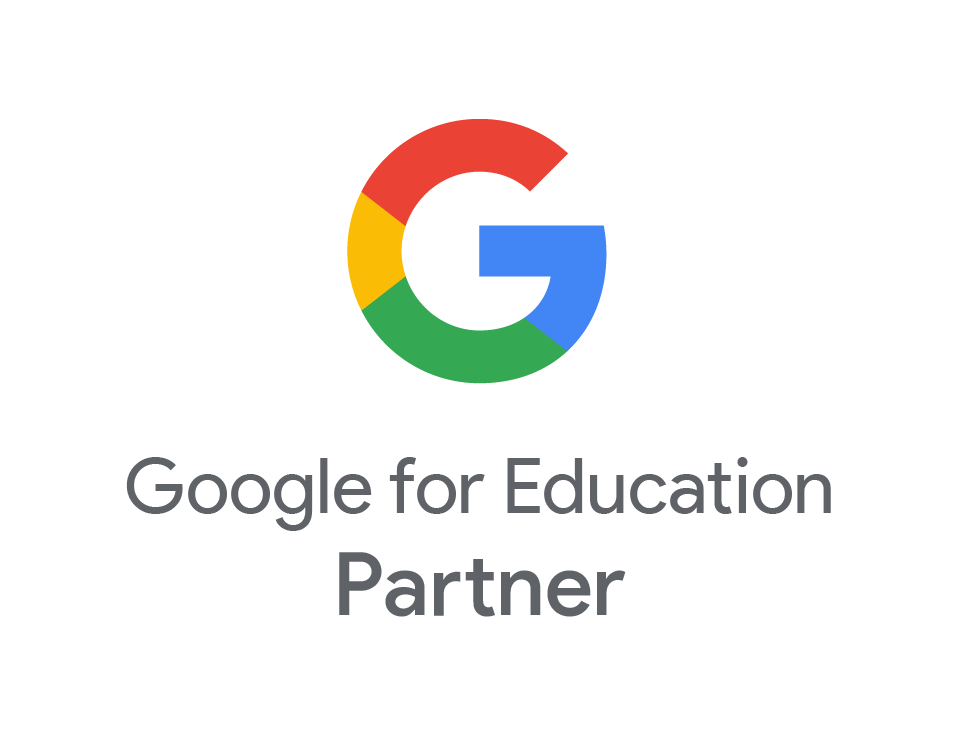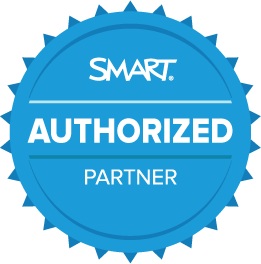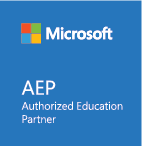New Google Meet features
- May
- 06

Google’s priority with Meet is to make sure meetings are safe and secure. Last year they launched a number of tools to help with this, including security controls so only intended participants are let into meetings and advanced safety locks to block anonymous users and let teachers control who can chat and present within a meeting. In the coming months, Google will be adding to that list improving Meet for Teachers and Admins.
Helping teachers keep virtual classes safe
| 1. End meetings for everyone Teachers now have the option to end meetings for everyone on the call, preventing students from staying on after the teacher has left — including in breakout rooms.  | 2. Advanced Mute Options The new “mute all” function will help educators keep their classes on track. Sometimes it’s important to teach without interruption, meeting hosts will be able to control when students can unmute themselves.  |
| 3. Tablet & Mobile Phone Capabilities Educators using tablets or mobile phones to teach also have access to key moderation controls, like who can join their meetings or use the chat or share their screen, directly from their iOS or Android devices.  | 4. Google Classroom + Meet Improved Integration Classroom and Meet will work together even better, so every meeting created from Classroom is even safer by default. When meetings are generated from Classroom, students won’t be able to join before the teacher. Meet will also know who’s on the Classroom roster, so only students and teachers in the class will be able to join. Every teacher in Classroom will be a meeting host by default, so if there are multiple teachers, they’ll be able to share the load of managing the class.  |
Greater visibility and control for admins
Google will be launching new settings in the Admin console so school leaders can set policies for who can join their school’s video calls, and whether people from their school can join video calls from other schools. This will make it easier to facilitate things like student-to-student connections across regions, professional development opportunities for educators, and external speakers visiting a class.
| 1. Google Meet audit log Google will be adding more information to these logs — like an external participant’s email address — so admins can better understand how people are using Meet at their school.  | 2. Investigation tool Educators with Education Standard or Education Plus licenses can now access Meet logs in the investigation tool, so they can identify, triage and take action on security and privacy issues. And later this year, admins will be able to end any meeting within their school from the investigation tool as well. |
Engagement and inclusivity in Meet
Over the past six months, Google has launched features like breakout rooms, hand raising, digital whiteboards and customised backgrounds. Later this year, students will be able to more easily engage and express themselves with emoji reactions in Meet
| 1. Emoji reactions in Meet Students will be able to pick emoji skin tones to best represent them, and react in class in a lightweight, non-disruptive way. Teachers and admins will have full control over when reactions can be used.  | 2. Lowering Bandwidth Capabilities Unreliable internet connections can make remote teaching and learning more challenging, Google will be improving Meet to work better if you have low bandwidth. Rolling out in the coming months, this can help keep class on track when internet connections are weaker. |
| 3. Performance of Meet on Chromebooks Google also made significant improvements to the performance of Meet on Chromebooks. These include audio, video and reliability optimisations, better performance while multitasking and more.  | 4. Teaching and Learning Upgrade or Education Plus licenses Rolling out over the next few months, educators will be able to set up breakout rooms ahead of time in Google Calendar. This will make it easier for teachers to prepare for differentiated learning, be thoughtful about group dynamics and avoid losing valuable time setting up breakout rooms during class.  |
| 5. Meeting transcripts Helping students who are not able to attend class stay up to date, later this year educators will be able to receive meeting transcripts. They’ll be able to easily share transcripts with students, review what was discussed during class, or maintain a record for future reference.  |






